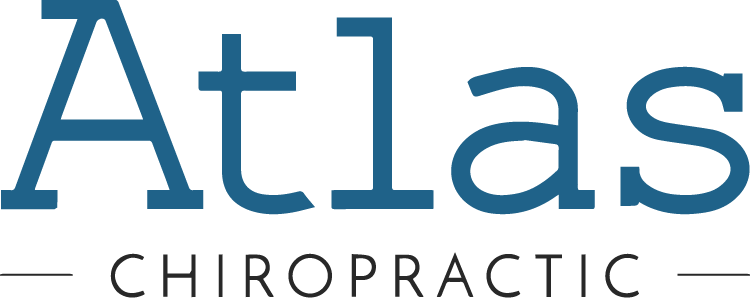What is Sciatica?
Sciatica is the name provided to the pain caused by the sciatic nerve. Whatever irritates this nerve can trigger pain, from moderate to severe. Sciatica is normally triggered in the lower spine by an irritated nerve.
The word “sciatica” is often mistaken with back pain in particular. Sciatica, however, is not only confined to the rear. The sciatic nerve is the human body’s shortest and largest nerve. It goes through the buttocks and down the feet from the lower back and ends just under the knee.
Sciatica is not a disorder but a symptom of the sciatic nerve and its malfunctioning. Some specialists predict that at least once in their lives, up to 40 percent of individuals will encounter sciatica. A herniated disc is the most common source of sciatica.
What are the symptoms?
The primary symptom is a burning pain along the sciatic nerve from the lower back, through the buttock, and down either leg.
Who is at risk?
There are different variables that determine the risks of developing sciatica:
- Age: individuals aged 30 and 40 have an increased chance of getting sciatica.
- Profession: jobs that require individuals to lift heavy weights for a long time.
- Sedentary living: individuals who are physically inactive and sitting for long stretches of time are more likely to develop sciatica.
- Pregnancy: although the sciatic injury may be an issue during birth; an approximately 50%–80% of females have neck discomfort during childbirth. Hormones generated during pregnancy, tightening, and flexing the ligaments may trigger back pain in some pregnant females.
How can a Chiropractor help with sciatica?
Chiropractic aims to introduce exercise and motions that reduce sciatic pain by decreasing nerve pressure. Manual therapies provide relief without the side effects of medications. Chiropractic therapy for sciatica combines strengthening, stretching and exercise such as strengthening back and spine muscles, buttocks, hips, and hamstrings. A chiropractor will also advise increasing core strength and to engage in activities such as walking and swimming.
Exercise benefits
The stress on the sciatic nerve can be relieved by many forms. Exercising can help individuals to relieve sciatica symptoms and prevent getting medication. Patients are encouraged to seek medical care through a chiropractor doctor and develop a personalized treatment plan.
The spinal column consists of the vertebra (separate bodies in the spine that safeguard the fundamental nerves). In between the vertebrae, there are disks made of cartilage. The cartilage functions as a cushion between each vertebra and allows flexibility of the spine. When a disc is pressed out of its normal position, a herniated disk happens which places stress on the sciatic nerve. Some patients think that if sciatica happens, staying in bed and avoiding physical activity is the best idea. For original sciatic flare-up, bed rest is generally okay for a day or two. However, avoiding longer activity can typically lead to a downward spiral where episodes of pain lead to inactivity, leading to more pain, etc.
Low back muscles become weak and deconditioned without adequate practice, leaving them less able to support the back and spine. For sciatica patients, keeping the hamstrings flexible by stretching is particularly essential as narrow hamstrings add stress to the low back, which can aggravate low back issues.
Exercise also helps to exchange nutrients within spinal discs, keep them healthy and prevent injury that can trigger sciatica. Even after sciatica has been relieved and other back issues have been addressed, the exercise routine should be retained to maintain the back safe and help prevent future issues.
I hope this helped answer some questions you may have had and if you or anyone you know are experiencing pain and would like to take the first steps toward getting relief, just call Atlas Chiropractic in Boulder at (303) 442-5911 and we’ll gladly get you scheduled for an appointment or feel free to fill out a web form here on our website. We look forward to helping you heal and get moving!
Dr. Cort Musolf, DC

Schedule your FREE 15 minute consultation with Atlas Chiropractic
At Atlas Chiropractic, our Greater Boulder area chiropractors specialize in providing relief for individuals experiencing back, neck, or shoulder pain, as well as those dealing with headaches or vertigo. We offer specialized chiropractic care and tailored spinal adjustments, along with expert opinions and advice.





